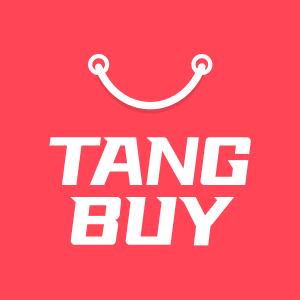The Ultimate Guide to Influencer Marketing for Dropshipping in 2025
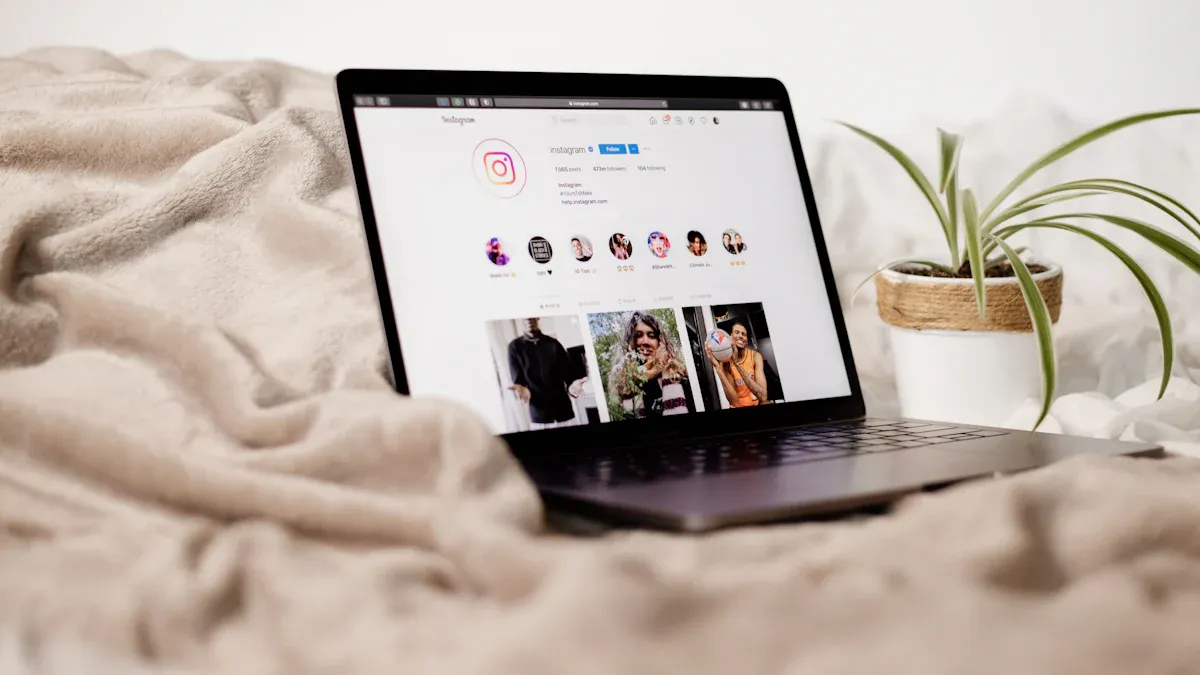
You want to make your dropshipping business bigger in 2025. Influencer marketing can really help you. New data shows that working with the right creators helps you sell more. You also reach more people. Being real is important. Working with people in your niche helps you get noticed. Look at these stats for 2025:
Metric / Insight | Statistic / Detail |
|---|---|
Influencer marketing spend | |
Average ROI | 11x higher than other media |
Engagement boost from short-form videos | 2.5x more |
Consumer preference for UGC authenticity | 92% |
It does not matter if you are new or have experience. You can use these facts to make real connections and get good results.
Key Takeaways
Influencer marketing helps dropshipping shops grow. It builds trust and finds the right people. Micro and nano influencers talk to small groups. They are cheap and get lots of likes and comments. They help you reach special customers. Pick influencers who fit your brand’s look and ideas. This makes the content real and easy to believe. Make clear goals and check your results. Use special codes and tools to see if your campaign works. Try different social media like TikTok, Instagram, and YouTube. This helps you reach many kinds of people. Work with influencers for a long time. This builds trust, loyalty, and steady sales. Keep up with new trends and use AI tools. These help you find good influencers and make new content. Do not make mistakes like only looking at follower numbers. Do not forget to check if the audience fits and likes the posts.
Influencer Marketing Basics
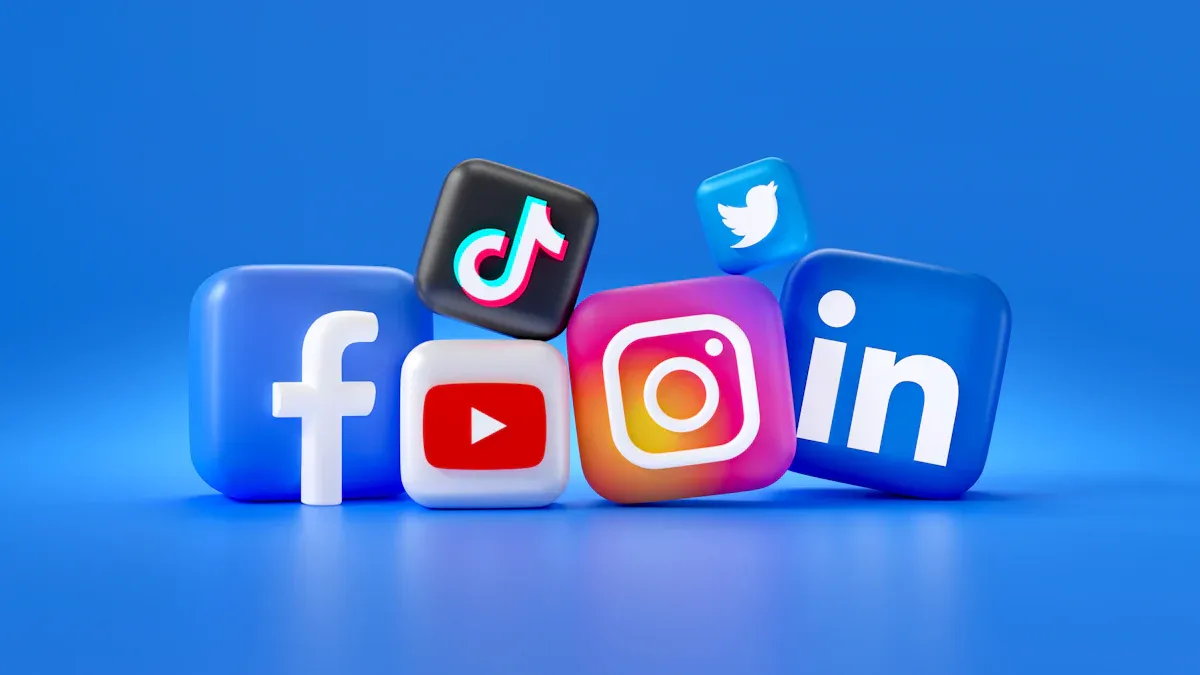
What Is It
You might wonder what influencer marketing really means for your dropshipping business. It’s a strategy where you team up with people who have loyal followers on social media. These influencers talk about your products, share their honest opinions, and show their audience why they like what you offer. This approach works better than old-school ads because people trust influencers more than brands. In dropshipping, influencers help you reach the right crowd, build trust, and boost sales. They often use affiliate links or special discount codes, so you can track how well each partnership works. You get to save money on ads and see real results.
Why It Matters
Influencer marketing matters a lot in dropshipping, especially in 2025. You want to stand out in a busy market. Influencers help you do that. They have the power to shape what people buy, especially in popular niches like fashion, fitness, and beauty. Micro-influencers, who have smaller but active audiences, often work for lower fees or even just free products. This makes them a smart choice if you want to keep costs down. Did you know that for every £1 you spend on influencer marketing, you could earn about £7.65 back? That’s a strong return. Most marketers say influencer marketing brings in better customers and more traffic than other methods. You also get higher engagement rates, especially when you work with micro-influencers on platforms like Instagram and TikTok.
Tip: Long-term partnerships with influencers often give you better results than one-off deals. Try to build real relationships for lasting success.

2025 Trends
Influencer marketing keeps changing, and you need to keep up. In 2025, micro-influencers are more important than ever. They have between 5,000 and 100,000 followers and get more likes and comments than bigger stars. You should also look at new tools powered by AI. These tools help you find trending products and the best influencers for your brand. Platforms like Sell The Trend make it easy to import products and create ads. Don’t just stick to Instagram. TikTok and YouTube are huge for dropshipping now. TikTok is great for viral videos and reaching Gen Z, while YouTube helps you build trust with longer reviews and tutorials.
Platform | Strengths for Dropshipping | Features |
|---|---|---|
Visual product showcasing | Shoppable posts, stories | |
TikTok | Viral marketing, Gen Z audience | TikTok Shop, in-feed ads |
YouTube | In-depth reviews, trust-building | Video ads, shopping features |
Personalised outreach and data-driven decisions are key. Use professional tools to manage your influencer campaigns and always check your results. This way, you can grow your dropshipping business and stay ahead of the trends.
Key Benefits
Trust & Credibility
You want your dropshipping brand to be noticed. Trust and credibility are very important. When you work with influencers, their followers believe their advice is honest. This helps you gain trust fast. Influencers make your products feel more friendly. People think they are hearing from a friend, not just a company. This makes your products seem better and more believable.
Followers believe influencer advice is real, so trust grows quickly.
Influencers help your brand feel friendly and easy to like.
Their support acts as proof, so more people want to buy.
Influencer posts get more likes than normal ads, showing people trust them.
Real partnerships, like the tentree example, can give a 13x return, over 1,000 sales, and hundreds of posts from users. This makes your brand even more trusted.
If you choose influencers who share your values, you connect better with your audience.
Tip: Always pick influencers who fit your brand’s look and values. This helps your message feel real.
Niche Targeting
You want to reach the right people, not just anyone. Influencer Marketing helps you do this easily. Micro and nano influencers have small but loyal groups of fans. These fans care about special topics, like fitness, tech, or home decor. When you work with these influencers, you reach people who already like your products.
Influencer data shows you details about age, interests, and habits. This helps you choose the best products and plan your campaigns.
Micro and nano influencers are close to their fans. This helps people find your products and builds strong loyalty.
You can use analytics tools to check if an influencer’s fans match your niche.
Watching influencer trends helps you find new product ideas and know when to launch.
Engagement numbers from campaigns help you plan prices, manage stock, and run offers.
A fashion brand worked with 50 nano influencers and got an 8% engagement rate, a 30% sales jump, and lots of good feedback.
A home decor shop used TikTok challenges and got over 500,000 views, with 70% of posts showing their products and a 40% rise in revenue.
Note: Picking influencers whose style matches your brand helps your campaigns do even better.
Social Proof
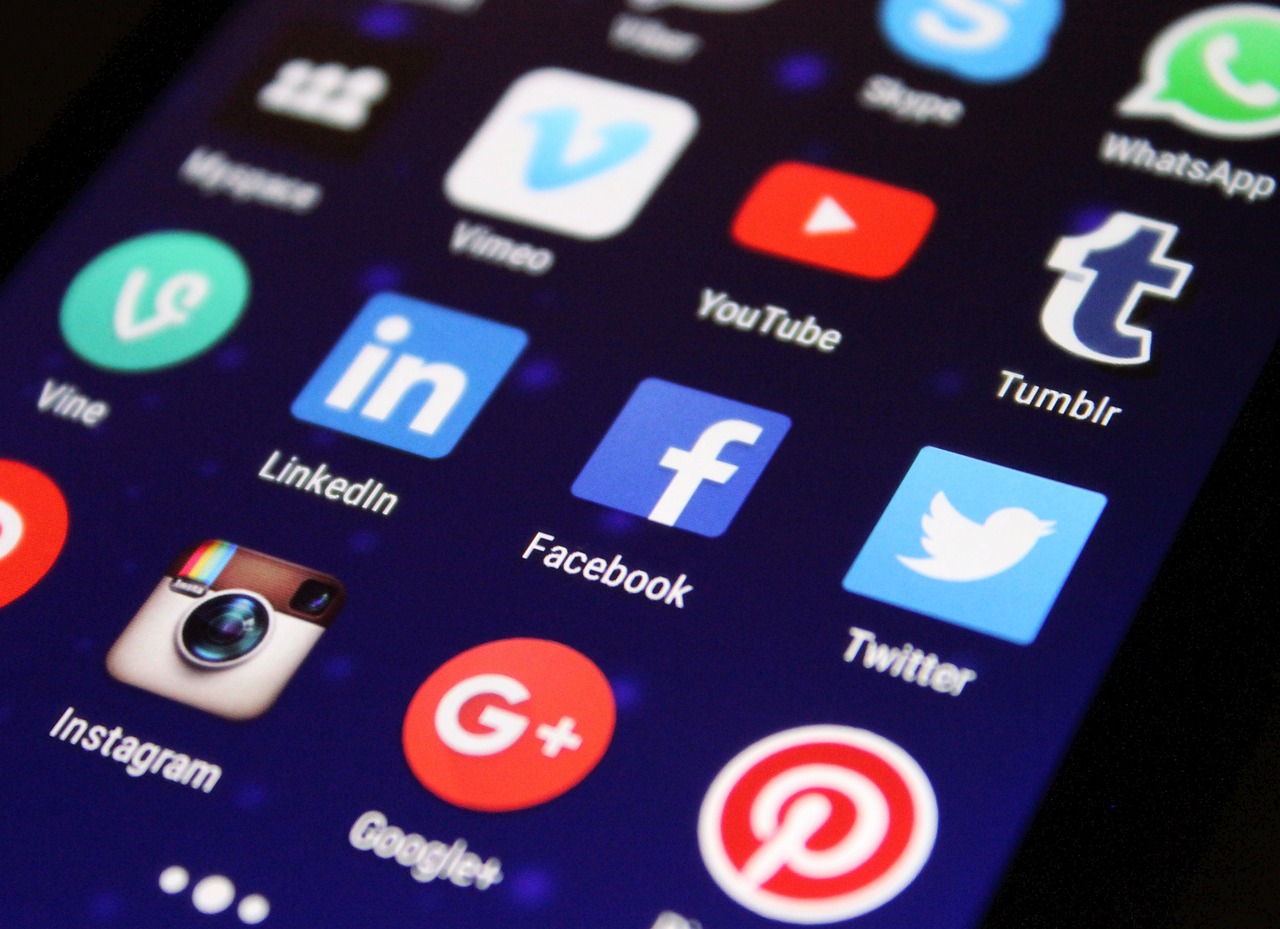
Social proof is very strong. It helps people feel sure when they shop online. When influencers talk about your products, their fans see this as a trusted tip. This makes others want to try your products too.
Aspect | Explanation | Impact on Consumer Purchasing Decisions |
|---|---|---|
Influencers share real stories, connecting with their fans like a friend. | Builds trust and makes people want to buy. | |
Targeted Reach | Influencers have special fans that match your products. | Gets your products to the right people, raising sales. |
Social Proof & FOMO | Fans see influencers using your products, building trust and fear of missing out. | Makes people want to buy quickly. |
Engaging Content | Influencers make fun posts and videos that do not feel like ads. | Brings more visitors and makes shopping fun. |
Brand Loyalty | Regular influencer posts build trust and a group around your brand. | Leads to repeat sales and loyal customers. |
Statistical Support | 90% of marketers say influencer marketing works; 92% of people trust tips from friends or family. | Shows how much people trust influencer social proof. |
You can also use ratings, reviews, and live notifications to show your shop is busy. This builds even more trust and makes people want to buy before they miss out.
Scalability
You want your dropshipping business to grow. Scalability means you can start small and then reach more people without making things too complicated or expensive. Working with influencers helps you do this in a smart way.
When you team up with influencers, you do not need a huge budget. You can start with one or two small influencers. As your business grows, you can add more influencers or work with bigger names. This step-by-step approach lets you test what works best for your brand. You do not have to risk a lot of money at once.
Influencers help you reach new groups of people. Each influencer has their own followers. When you work with several influencers, your products get seen by many different audiences. This makes it easy to grow your brand quickly. You can also try different platforms, like Instagram, TikTok, or YouTube, to see where your products get the most attention.
Tip: Keep an eye on your results. Use simple tools to track likes, comments, and sales from each influencer. This helps you see which partnerships bring the best results and where you should focus your efforts.
Building a strong social media presence is a cost-effective way to scale your dropshipping shop. When you share good content and work with influencers, more people notice your brand. This boosts your visibility and helps you build a loyal group of customers. You do not need to spend a lot on ads. Instead, you use the power of real people sharing your products.
Let’s look at how you can scale step by step:
Start with micro or nano influencers who match your niche.
Test different types of content, like stories, short videos, or reviews.
Track your results and see which influencers bring in the most sales.
Add more influencers or move to bigger ones as your business grows.
Try new platforms if you see good results.
Step | What You Do | Why It Helps You Scale |
|---|---|---|
Start Small | Work with micro/nano influencers | Low cost, easy to manage |
Test Content | Try stories, videos, reviews | Find what your audience likes |
Track Results | Use tools to check engagement/sales | Focus on what works best |
Expand Partnerships | Add more or bigger influencers | Reach more people, grow faster |
Explore Platforms | Try Instagram, TikTok, YouTube | Find new audiences |
You can also mix influencer work with other marketing ideas, like email or paid ads, to reach even more people. The best part? You control how fast you grow. You can scale up when you are ready, without feeling rushed or overwhelmed.
Influencer Types
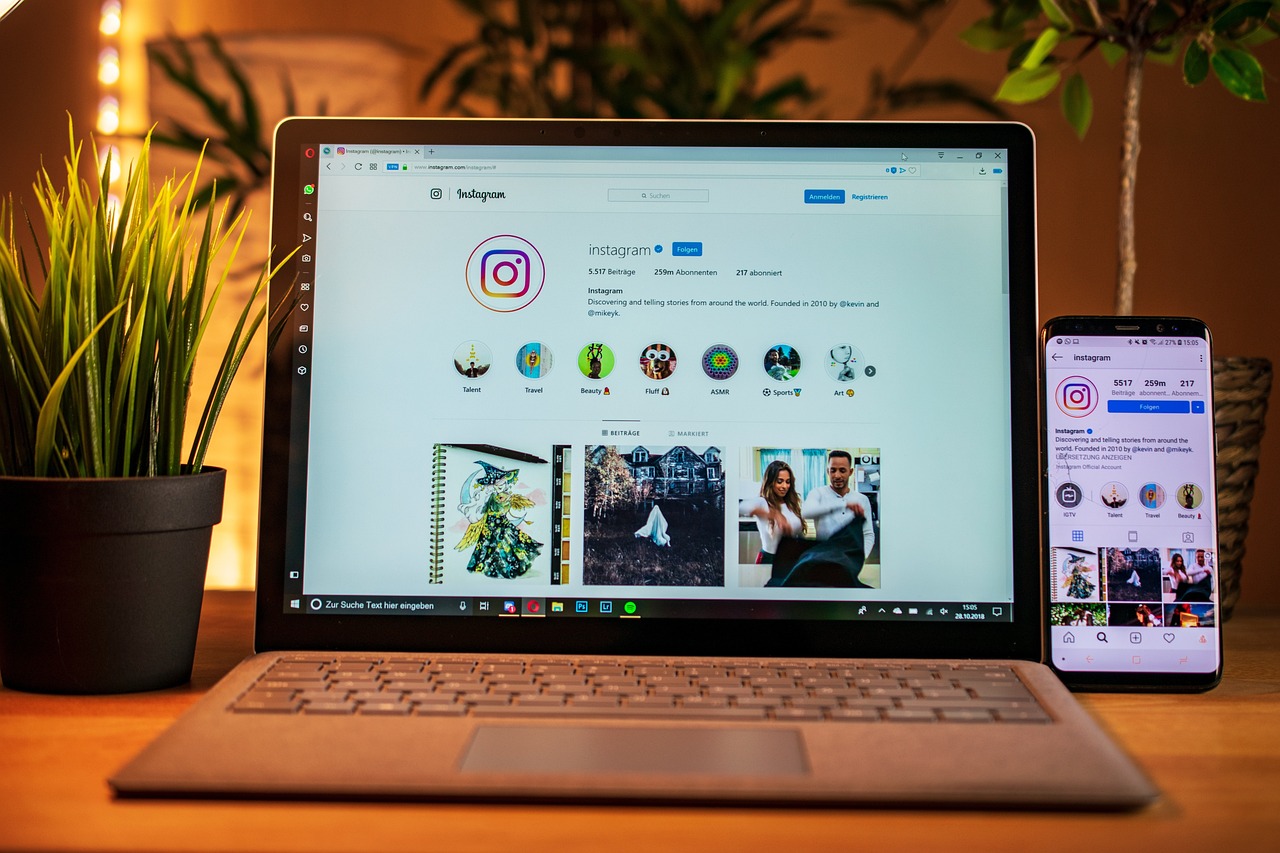
Mega to Nano
There are many types of influencers you can choose from. Each type helps your dropshipping business in a different way. Here is a simple breakdown:
Follower Range | Reach | Engagement Rate | Typical Content & Use Case for Dropshipping Campaigns | |
|---|---|---|---|---|
Mega-influencers | Over 1 million | Massive reach, broad exposure | Low (typically <1%) | A-list celebrities, trendsetters; great for brand awareness but low engagement |
Macro-influencers | 500,000 to 1 million | Significant reach and brand recognition | Moderate, professional content | Career content creators; good for expanding brand visibility and credibility |
Micro-influencers | 10,000 to 100,000 | Balanced reach and interaction | High (~10% on TikTok) | Niche content creators; affordable, higher engagement, effective for targeted sales |
Nano-influencers | 1,000 to 10,000 | Small but highly engaged audience | Highest (often >10%) | Personal connections, trusted voices; best for niche market penetration and conversions |
Nano and micro-influencers have fewer followers. But their fans trust them a lot. They get more likes and comments than bigger influencers. Mega-influencers are famous and reach many people. But their fans do not interact as much. Macro-influencers are in the middle. They give you a good mix of reach and trust.
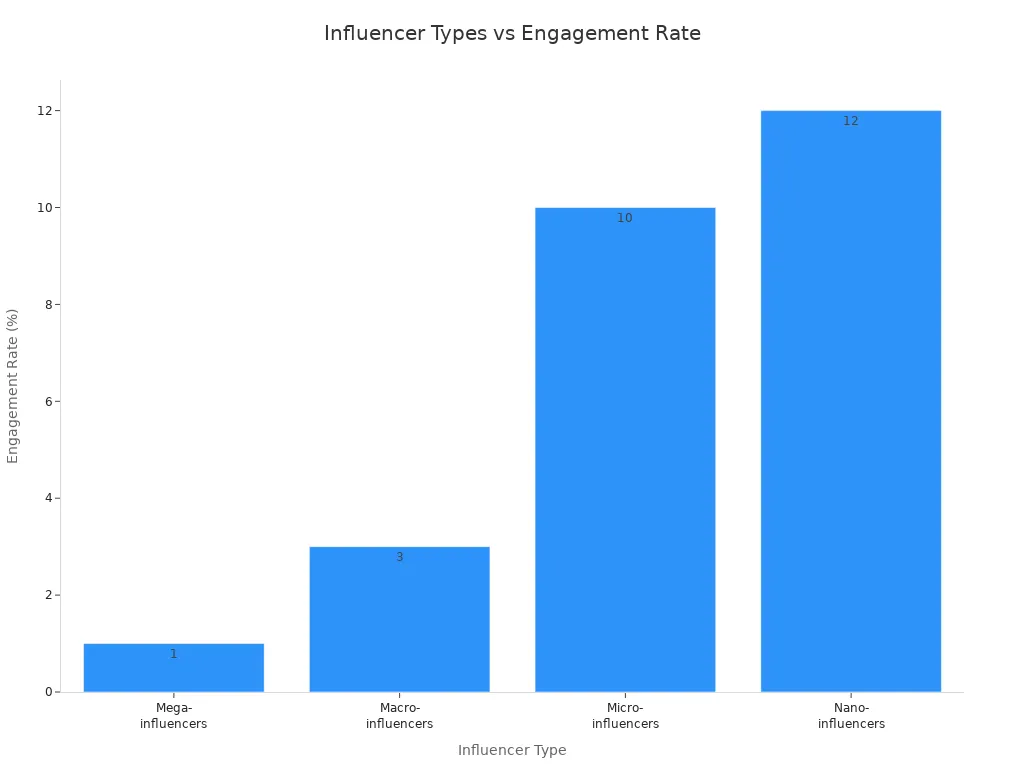
Tip: If you want more sales and real chats, try micro or nano-influencers first. They usually cost less and work well for special products.
Niche Fit
Your products should match the influencer’s style and their fans’ interests. This is called niche fit. When you get this right, your campaigns do much better. Here is how you can do it:
Know your dropshipping niche and who you want to reach.
Choose micro-influencers with fans who like your niche.
Look at how many people comment and watch stories, not just follower numbers.
Check the influencer’s posts and read what their fans say. You can even ask fans with polls to see if they fit your ideal customer.
Work with influencers whose style matches your products. This helps build trust and brings more sales.
When you pick influencers who fit your niche, you reach people who already care about your products. Micro-influencers are great for this. Their fans listen to them and often buy what they suggest. You also get better feedback and can build loyal customers.
Authenticity
People want to see real stories, not just adverts. Authenticity is very important. When influencers share honest thoughts and real experiences, their fans trust them. This trust makes your brand look good and helps you sell more.
If you work with influencers who make real content, you get better results. Their fans feel like they are getting tips from a friend. This means more likes, shares, and sales. Do not use influencers who sound too much like adverts. Their fans might stop trusting them, and your campaign may not work.
Note: Always let influencers use their own words and style. This keeps their content real and helps your brand connect with new people.
Strategy Steps
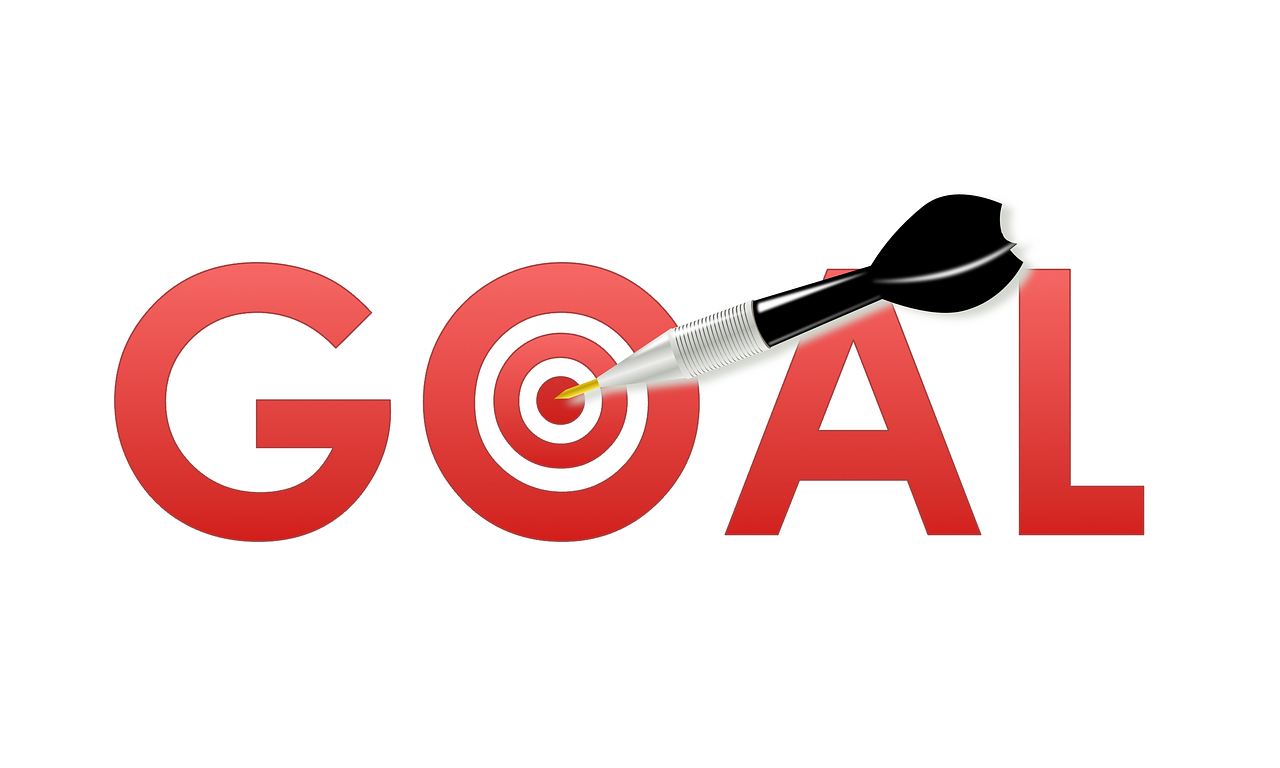
Set Goals
You need clear goals before you start any influencer campaign. If you know what you want, you can measure your success and stay on track. Think about what matters most for your dropshipping shop. Do you want more people to know your brand? Are you looking to boost sales? Maybe you want more followers or better engagement on social media.
A good way to set goals is to use the SMART method. This means your goals should be Specific, Measurable, Attainable, Realistic, and Time-related. Here’s how you can break it down:
Specific: Decide exactly what you want. For example, “Increase sales by 10% in three months.”
Measurable: Pick numbers you can track, like website visits or sales.
Attainable: Make sure your goal is possible with your budget and time.
Realistic: Set goals that match your resources.
Time-related: Give yourself a deadline.
You should also use tracking tools to see how well your campaign works. Unique discount codes, UTM links, or influencer-specific dashboards help you know which influencer brings the best results.
Method/Aspect | Description | Example Tools/Techniques |
|---|---|---|
Define objectives like brand awareness, sales, or engagement | Focus on reach for awareness; conversions for sales | |
Use Unique Tracking Options | Track results before and during the campaign | Discount codes, UTM links, analytics platforms |
SMART Goals Framework | Make goals Specific, Measurable, Attainable, Realistic, Time-related | Set realistic targets based on your budget and timeline |
Performance Monitoring | Watch metrics like engagement, reach, conversions, and earned media value | Google Analytics, Sprout Social, Brand24 |
Tip: Write your goals down and check them often. This keeps you focused and helps you see progress.
Find Influencers
Now you know your goals, you need to find the right people to help you reach them. The best influencers for your dropshipping business are those who match your niche and have real fans who trust them.
Here’s a step-by-step way to find the best fit:
Set your marketing goals first. This helps you know what kind of influencer you need.
Search social media platforms like Instagram, TikTok, and YouTube. Use hashtags that fit your niche to spot active creators.
Try influencer marketplaces such as AspireIQ, Influencity, or Grin. These let you filter by niche, audience size, and engagement.
Look at your competitors. See which influencers they work with and how those campaigns perform.
Reach out directly to influencers you like. You can send a message on social media or email them.
Don’t just look at follower numbers. Check engagement rates, audience fit, and how real their content feels.
Focus on micro and nano influencers. They often have better engagement and cost less.
Use research tools to check influencer stats and build real relationships.
Note: Micro and nano influencers can give you more value for your money. Their fans trust them and often act on their advice.
Vet & Negotiate
You have a list of possible influencers. Now you need to check if they are the right fit and agree on how you will work together. Vetting and negotiating are key steps for a successful campaign.
Start by checking their engagement. Look for real comments and likes, not just big numbers. Make sure their followers match your target market. You can ask for audience data or use analytics tools to double-check.
Here’s a checklist to help you vet and negotiate:
Check for genuine engagement. Read comments to see if followers care about the content.
Make sure the influencer’s audience matches your ideal customer.
Build long-term partnerships if you can. Ambassadors who work with you over time bring more trust and better results.
Use your own customer data to find influencers who fit your best buyer profiles.
Create a simple landing page for influencers. Explain what you offer, what you expect, and how to join.
Start with manual outreach. Personal messages help build trust and show you care.
Aim for a good response rate. If half the influencers reply, you know you are on the right track.
Set clear expectations. Talk about payment, content style, and deadlines.
Show off your product quality. Influencers want to share things their followers will love.
Keep your communication organised. Use email or DMs, but always be clear and polite.
Track your campaign results. This helps you learn and improve for next time.
Tip: Always be honest and open when you talk to influencers. Good partnerships start with trust and clear communication.
Structure Campaigns
You want your campaign to stand out and bring real results. The way you set up your campaign can make all the difference. Here’s how you can structure your influencer campaigns for the best impact:
Set Clear Objectives
Decide what you want to achieve. Do you want more people to know your brand? Are you aiming for more sales or higher engagement? Clear goals help you measure success and keep your campaign on track.Pick the Right Influencers
Choose influencers whose followers match your target market. Look at their audience’s age, interests, and location. Don’t just focus on big numbers. Engagement matters more than follower count. Micro-influencers often have loyal fans who trust their advice.Give Creative Freedom
Let influencers use their own voice and style. When you allow them to create content in their own way, it feels more real. Their audience will notice if a post sounds forced or fake. Authentic content always works better.Use Different Content Types
Ask influencers to share your products in various ways. They can make posts, stories, videos, or even add your link in their bio. This helps you reach more people and keeps the campaign fresh.Choose the Right Payment Model
Decide how you will pay your influencers. You can pay per post, per click, or give a commission for each sale. Some influencers like free products or special discounts for their followers. Pick what fits your budget and goals.Track and Measure Results
Use tracking tools to see how your campaign is doing. Look at likes, comments, clicks, and sales. This helps you see what works and what needs to change.Build Long-Term Relationships
Try to work with the same influencers over time. Long-term partnerships build trust and make your brand more familiar to their audience. You can offer bonuses or special deals to keep them interested.Optimise Your Dropshipping Store
Make sure your shop is ready for new visitors. Fast loading times, easy checkout, and clear product pages help turn interest into sales. If your store works well, you get more from every campaign.
Tip: Don’t ignore micro-influencers. They often bring better results than bigger names because their fans trust them more.
Note: Avoid common mistakes like picking influencers only for their follower count. Focus on real engagement and a good fit with your brand.
Here’s a quick table to help you remember the key steps:
Step | Why It Matters |
|---|---|
Set clear goals | Keeps your campaign focused |
Pick the right influencers | Reaches your ideal customers |
Give creative freedom | Makes content feel real and engaging |
Use different content types | Expands your reach |
Choose payment model | Matches your budget and campaign style |
Track results | Shows what works and what to improve |
Build long-term partnerships | Grows trust and loyalty |
Optimise your store | Turns visitors into buyers |
When you follow these steps, you set up your campaign for real success. You reach the right people, build trust, and see better results from your dropshipping business.
Measure Results
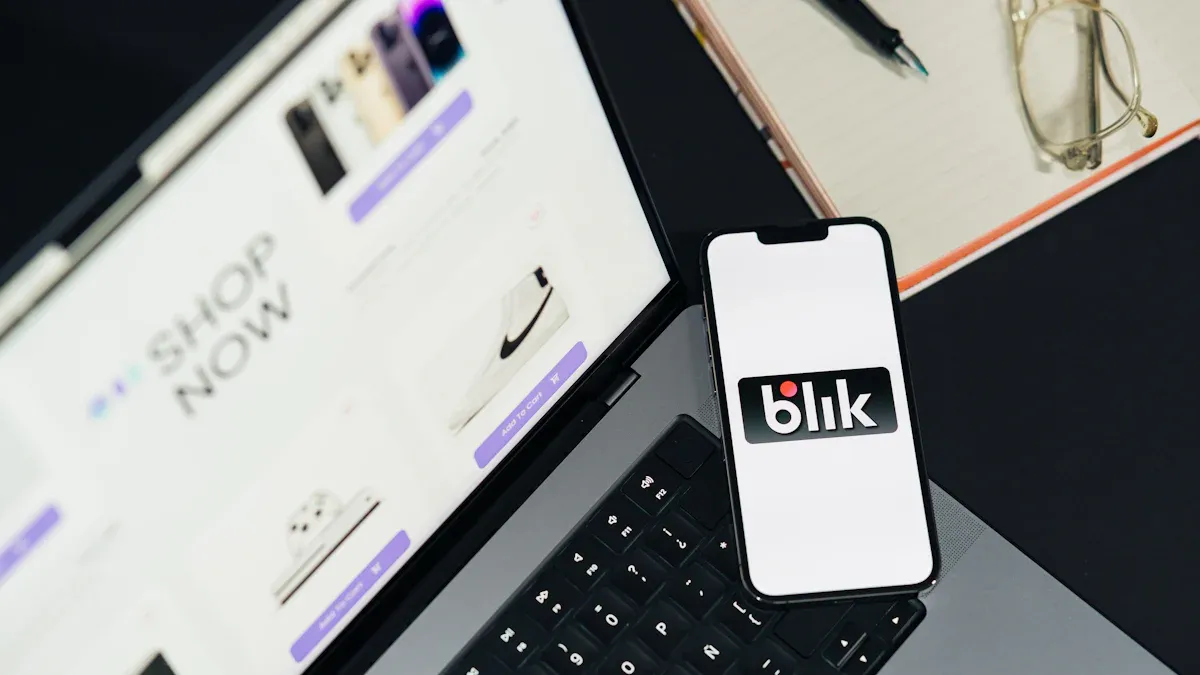
Key Metrics
You want to know if your influencer campaigns work. Tracking the right numbers helps you see what brings results and what needs to change. Here are the most important metrics you should watch:
Customer Acquisition Cost (CAC): This shows how much you spend to get a new customer. It includes money spent on ads and influencer deals.
Conversion Rate: This tells you how many visitors buy something after seeing an influencer’s post.
Traffic Sources & Performance: You can see which social media platforms send the best customers to your shop.
Cart Abandonment Rate: This shows how many people add items to their cart but do not finish buying. High rates may mean your checkout process needs work.
Customer Lifetime Value (CLV): This is the total amount a customer spends in your shop over time. It helps you see if your campaigns bring loyal buyers.
Return on Ad Spend (ROAS): This tells you how much money you make for every pound spent on influencer campaigns.
Tip: Keep a close eye on these numbers. They help you spot trends and make better decisions for your next campaign.
Tools
You have many tools to help you track and analyse your results. These tools make it easy to see what works and what does not. Here are some you can use:
Assign unique coupon codes to each influencer. This lets you track sales from their followers.
Use UTM parameters with Google Analytics (GA4) to see where your traffic comes from.
Try affiliate and referral software like Refersion or Tapfiliate. These platforms track sales, manage commissions, and spot fraud.
Add tracking pixels, such as Facebook Pixel or Google Ads Pixel, to your site. These help you see which visits and sales come from influencer posts.
Run customer surveys with tools like Zigpoll. Ask buyers how they found your shop.
Monitor engagement with social media analytics tools like Hootsuite or Sprout Social.
Use multi-touch attribution models to see how different marketing steps lead to a sale.
Connect your CRM, such as Klaviyo, to track long-term customer value from influencer campaigns.
If you have an app, use mobile attribution tools like AppsFlyer or Branch.io to track installs and purchases.
Test and adjust your campaigns often. Run A/B tests and tweak influencer rewards based on what you learn.
Note: Using more than one tool gives you a clearer picture of your campaign’s success.
Optimise
You want to get the best results from your influencer campaigns. Use your data to make smart changes. Here’s a table to help you see what to track and how to improve:
Metric | Why It Matters | How to Track / Tools Used | How to Optimise |
|---|---|---|---|
Shows how many people see your products | Instagram Insights, TikTok Analytics | Target bigger or more relevant audiences | |
Engagement Rate | Measures likes, comments, and shares | Platform analytics, Zigpoll surveys | Change your message or content style |
Click-Through Rate (CTR) | Tracks clicks on your links | Bitly, UTM links, Google Analytics | Improve your call-to-action or influencer choice |
Conversion Rate | Counts buyers after clicking influencer links | Affiliate tracking, Shopify, Google Analytics | Test new offers or work with different influencers |
Average Order Value (AOV) | Shows how much each customer spends | E-commerce data, referral tracking | Suggest bundles or upsells to influencer audiences |
Return on Investment (ROI) | Checks if your campaign makes money | Track revenue and costs | Focus on the most profitable partnerships |
Cost Per Acquisition (CPA) | Finds the cheapest way to get new customers | Compare campaign cost to new customers | Invest more in cost-effective influencers |
Sentiment & Brand Alignment | Measures trust and brand fit | Social listening, Zigpoll polls | Adjust your message to match your audience |
Keep testing and learning. Try new content, different influencers, or fresh offers. Watch your numbers and make small changes. Over time, you will see what works best for your dropshipping business.
Pros & Cons
Opportunities
You have a lot to gain when you use influencers to promote your dropshipping shop. Here are some of the biggest opportunities:
You can reach more people and get more sales by tapping into an influencer’s loyal followers.
It costs less than traditional ads, so you save money, especially if you are just starting out or have a small budget.
Influencers make content that feels real and relatable. Their fans trust them, which helps your brand look more trustworthy and credible.
You can target niche groups more easily. This means your products get in front of people who already care about your type of items.
Sometimes, your campaign can go viral. This brings a big boost in traffic and sales, often with a high return on investment.
You control your spending. You can pick which influencers to work with and agree on prices that fit your budget.
You do not need a lot of money to begin. Even small dropshipping shops can start with micro or nano influencers.
Note: Working with influencers helps you build your brand, even if people have never heard of you before. It bridges the gap between your shop and new customers.
Risks
You need to watch out for some risks when you work with influencers. If you do not plan well, things can go wrong. Here are the most common risks:
You might pick influencers who do not seem real or who have lost trust with their audience.
Some people only look at follower numbers and forget to check if the influencer’s fans actually care about your products.
If you do not set clear rules or goals, the campaign can get messy and not deliver what you want.
You must follow advertising rules. If you ignore guidelines, you could get into trouble with the law.
Some dropshippers use tricks like fake reviews or misleading ads. This can lead to unhappy customers, bad reviews, refunds, or even getting banned from selling platforms.
Tip: Always check that your influencers are genuine and that their followers match your target market. Clear communication and honesty help you avoid most problems.
Pitfalls
You can make mistakes if you rush or do not pay attention to details. One common pitfall is choosing influencers just because they have a big following. This does not always mean you will get good results. Sometimes, their audience does not care about your products at all. Another pitfall is not tracking your results. If you do not measure what works, you cannot improve your next campaign. Some dropshippers also forget to check if the influencer’s style matches their brand. This can make your products look out of place and confuse potential buyers. Lastly, ignoring feedback from your campaigns means you miss out on learning what your customers really want.
Remember: Take your time, do your research, and always focus on building real connections. This way, you avoid common mistakes and get the most from your influencer partnerships.
Success Tips

Long-Term Partnerships
If you want your dropshipping brand to stand out, focus on building long-term partnerships with influencers. These relationships go beyond a single post or campaign. When you work with the same influencer over time, you both gain trust and loyalty. Influencers start to feel like part of your team. Their followers notice this connection and see your brand as more genuine.
Long-term partnerships help you get better results. Influencers who know your brand can talk about it in a natural way. They share real stories and honest opinions. This makes their content more believable. You can offer them exclusive deals or special discounts for their followers. This keeps the partnership strong and gives both sides something valuable.
You should also stay active with your influencers. Like, comment, and share their posts. Show them you care about their work. This builds a sense of teamwork and shared values. Over time, these relationships lead to more authentic content, higher credibility, and steady promotion. You will see better traffic, more conversions, and stronger sales. One-off collaborations often miss this depth and impact.
Tip: Treat your best influencers like brand ambassadors. They will keep your brand in the spotlight and help you grow a loyal customer base.
Authentic Promotion
You want your promotions to feel real, not forced. Authenticity is key. Here are some best practices to help you keep things genuine:
1. Pick influencers whose audience matches your niche and who truly like your products. 2. Work with micro-influencers for better engagement, not just big numbers. 3. Plan your campaign clearly. Decide on content type, deadlines, and payment. 4. Use contracts to set out details like content rights and moral standards. 5. Give influencers a brief, but let them create in their own style. 6. Try content like reviews, unboxing videos, or live streams that your audience enjoys. 7. Give each influencer a unique promo code to track sales. 8. Watch the campaign as it runs. Share influencer posts on your own channels. 9. After the campaign, check your results. Look at engagement, conversions, and reach to see what worked.
Choose influencers for their real connection with their fans, not just their follower count.
Work with smaller influencers to build stronger, more engaged relationships.
Encourage content that feels personal and emotional, using bright visuals and interactive ideas.
Run challenges or contests to get your customers involved and turn them into brand fans.
Use video and live streams to connect with your audience and make your brand feel more human.
Note: Let influencers speak in their own voice. Their followers will spot anything that feels fake.
User Content
User-generated content (UGC) is a powerful tool for your dropshipping business. When influencers create content that looks and feels like it comes from real users, people trust it more. Ask influencers to share casual photos, honest reviews, or unboxing videos. This makes your brand feel more relatable.
Use branded hashtags to collect UGC from your customers and influencers.
Share this content on your product pages, ads, and social media. It keeps your marketing fresh and real.
Repurpose influencer UGC to save money and keep your brand message consistent.
Build a community by showing off real customer stories. This helps new shoppers trust your shop.
Encourage your customers to join in. Run simple challenges or ask for reviews. When people see others enjoying your products, they want to try them too. UGC builds trust, boosts sales, and helps your brand grow.
Stay Current
You want your dropshipping business to keep growing. Staying current is the best way to do this. Social media changes fast. New trends pop up every week. If you keep up, you will always have fresh ideas and reach more people.
Start by watching what is popular on TikTok, Instagram, and YouTube. These platforms often set the trends. Use tools like Google Trends to spot what people talk about most. You can also check trending hashtags and topics on each platform. This helps you see what your audience likes right now.
Here are some simple ways to stay ahead:
Work with nano and micro-influencers. They know what is hot in their niche and can help you spot new trends early.
Make sure your products fit the influencer’s style. When your brand matches their audience, your campaigns feel more real and work better.
Use TikTok to share fun, short videos. TikTok’s discovery algorithm helps you reach new people without spending money on ads.
Try making your own YouTube channel or blog. Share helpful tips, reviews, or behind-the-scenes videos. This builds trust and helps your shop show up in search results.
Let influencers and customers create user-generated content for you. Real photos and reviews make your brand look trustworthy.
Use AI tools to help you find trending topics and create content faster. These tools save time but always add your own touch to keep things human.
You should also understand how each platform works. TikTok, for example, uses a discovery algorithm that pushes new content to lots of people. If you know how this works, you can make videos that get seen by more users. Instagram and YouTube have their own rules, so learn what works best on each one.
Spread your brand across different platforms. Do not put all your effort into just one. If TikTok changes its rules, you still have Instagram, YouTube, or even Pinterest to reach your fans. This keeps your business safe from sudden changes.
Keep your audience engaged. Reply to comments, ask questions, and run polls or challenges. When you talk to your followers, they feel valued. This also tells the platform’s algorithm that your content is worth sharing.
Finally, keep learning. Watch what other brands do. Try new ideas. Use AI tools to spot trends and help with content. If you stay curious and open, your dropshipping business will always be ready for what comes next.
Tip: Make a habit of checking trends every week. Small changes can make a big difference in keeping your shop fresh and exciting.
Case Study

Overview
Let’s see how influencers can help your dropshipping shop grow. Imagine you have an online shop that sells cool, cheap clothes for young adults. You want more people to know about your brand and trust it. You also want to sell more. You pick micro-influencers on TikTok because their fans are like your target customers. This way, you reach people who already care about fashion and like honest reviews.
You start by thinking about who you want to buy your clothes. Your brand is about comfort, style, and being good for the planet. You look for influencers who care about these things too. They should have a real bond with their fans. You want your campaign to feel friendly and not fake.
Strategy Used
You follow a simple plan to make your campaign work well. Here is what you do:
Define your audience and niche: You focus on young adults who like trendy, eco-friendly clothes.
Choose influencers who share your values: You pick micro-influencers who talk about sustainable fashion and have active, engaged fans.
Negotiate fair deals: You give free products and a small payment, so both sides are happy.
Let influencers create their own content: You let them make posts in their own way, so it feels real and personal.
Plan strategic promotions: You ask influencers to share special discount codes and style tips in their videos.
Track your results: You use tools to check how many people see, like, and buy from each influencer.
Avoid common mistakes: You do not pick influencers just because they have lots of followers. You care more about realness and clear talks.
This step-by-step plan helps you make strong partnerships and keeps your campaign going the right way.
Results
Your campaign gives you clear results you can see. More people visit your shop and talk about your brand. About 23% of businesses say they get real results from social media marketing, including influencer campaigns like this. You see more likes, comments, and shares on your posts. Your special discount codes help you sell more, showing people trust what influencers say.
You also watch important numbers like reach, impressions, and conversions. Conversions are most important because they show how many people buy after seeing an influencer’s post. Your return on investment gets better because you spend less on ads and get more sales from trusted voices. Over time, you build loyal customers and your dropshipping shop grows.
Tip: Always check your results and change your plan if needed. This helps you get the best results from every campaign.
You now know how to grow your dropshipping shop in 2025. Start by picking one small step, like reaching out to a micro-influencer or testing a new platform. Real results come from action, not just reading. Build honest partnerships and keep learning as trends change. Want to learn more? Check out guides on social media marketing or join online dropshipping groups for fresh tips.

FAQ
How do you find the right influencer for your dropshipping shop?
Start by searching social media using niche hashtags. Look for creators who share your values and have real engagement. Micro and nano influencers often work best for new shops. Use influencer platforms to check stats and audience fit.
What is the best platform for influencer marketing in 2025?
TikTok and Instagram work well for most dropshipping brands. TikTok helps you go viral with short videos. Instagram offers shoppable posts and stories. YouTube is great for longer reviews. Try each one and see where your audience responds.
How much should you pay an influencer?
Payment depends on follower count, engagement, and content type. Micro-influencers may accept free products or small fees. Bigger influencers charge more. Always agree on payment before the campaign starts. Use a contract to avoid confusion.
Can you track sales from influencer campaigns?
Yes! Give each influencer a unique discount code or link. Use tools like Google Analytics or affiliate software to track clicks and sales. This helps you see which influencer brings the best results.
What mistakes should you avoid with influencer marketing?
Don’t pick influencers just for big follower numbers. Always check engagement and audience fit. Avoid fake followers. Set clear goals and track your results. Listen to feedback and adjust your plan if needed.
How do you make influencer content feel real?
Let influencers use their own words and style. Don’t script every detail. Encourage honest reviews and real stories. Authentic content builds trust and gets better results.
Do you need a big budget to start influencer marketing?
No, you can start small. Work with nano or micro-influencers who fit your niche. Offer free products or small payments. Focus on building real relationships and growing step by step.
How long should an influencer campaign run?
Short campaigns can boost sales quickly. Long-term partnerships build trust and loyalty. Try both and see what works for your brand. Track your results and adjust the length as you learn.

TangBuy: A Smarter Way to Dropship in 2025
If you're looking to stay competitive with dropshipping in 2025, speed and trend-awareness are key. TangBuy helps you stay ahead with real-time product trends, fast fulfilment, and factory-direct sourcing. With over 1 million ready-to-ship items, 24-hour order processing, and seamless Shopify integration, TangBuy makes it easier to test, scale, and succeed in today's fast-moving eCommerce landscape.
See Also
How To Start A Successful Dropshipping Venture In 2025
Shopify Essentials For New Users Avoiding Dropshipping In 2025
Essential Strategies For eBay Dropshipping Sellers To Thrive 2025
Complete Handbook For Selling Wedding Shoes Via Dropshipping 2025
Profitable Dropshipping Concepts To Earn Income Throughout 2025
